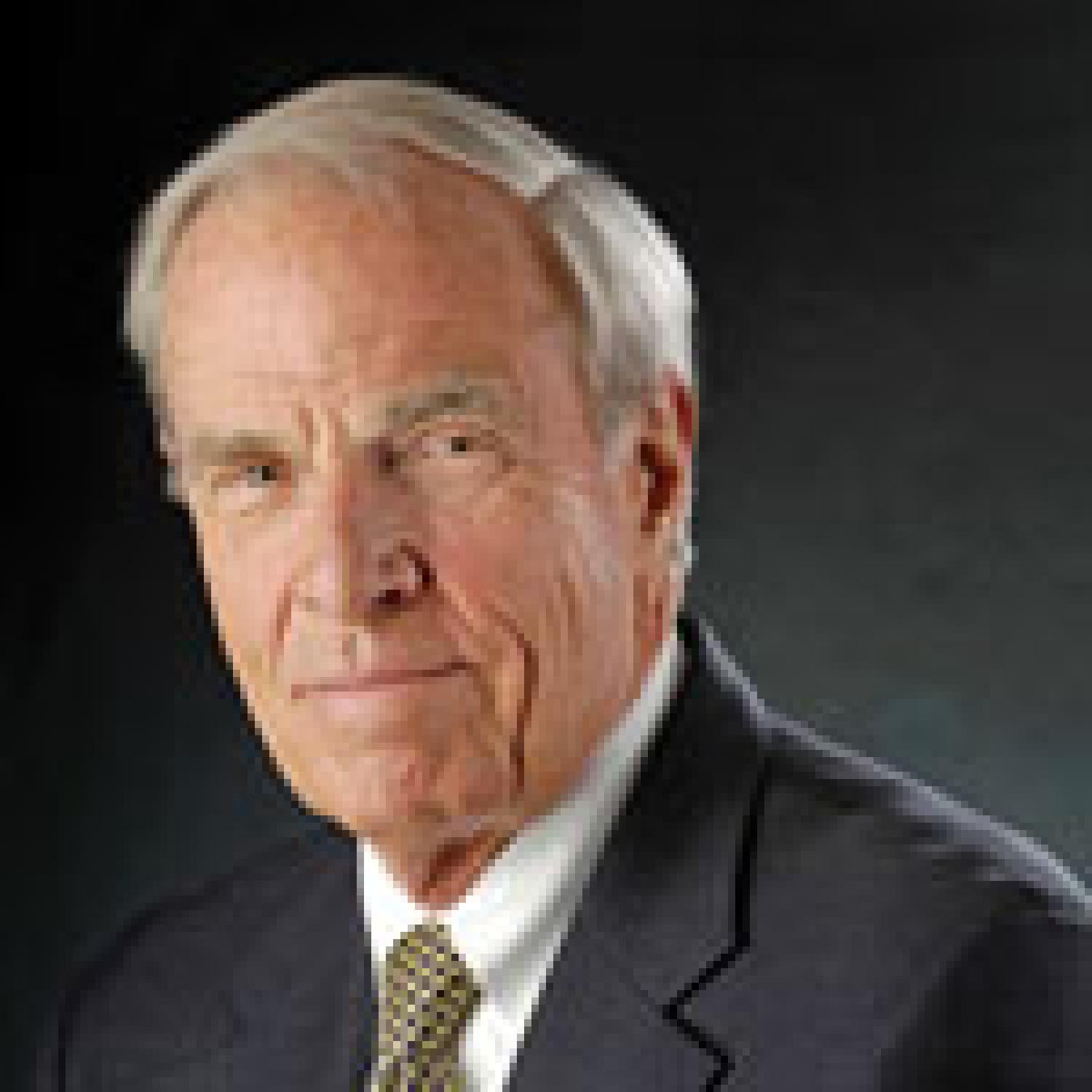
From the President

The road to Boulder can be the stuff dreams are made of.
I suspect I share a common experience with many other alumni. Mine began when I decided to come to CU to pursue my dream of becoming a geologist. I knew the program was strong, and I wanted to learn about the petroleum geology of the Rocky Mountains.
I still remember the feeling driving up U.S. Highway 36 that fall day in 1961. As I crested the last hill, Boulder Valley and the campus spread out below, and the Flatirons and snow-covered Indian Peaks stretched above. Like many of you, I found the view breathtaking and the promise of studying in such a place inspiring.
It is no less so today. What has changed is that U.S. Highway 36, the lifeline between Denver and Boulder, is frequently a congested mess. The volume of vehicles has increased dramatically and traffic snarls are common. Getting to campus from the east can be a chore. Limited access threatens the effectiveness of our operations.
Some might say that once students crest that hill and arrive on campus, they tend to stay put, and that many faculty and staff live in Boulder and don’t travel the highway daily.
That’s a narrow view. We have a substantial number of faculty, staff and students who commute daily. Visitors to campus and those who do business with us rely on access the highway provides.
As important, our faculty researchers and their students are increasingly collaborating with federal labs in the area and their colleagues on our other campuses, most notably the Anschutz Medical Campus in Aurora. While technology helps facilitate that collaboration, more often than not it involves face-to-face interactions in research labs.
All this means that transportation issues will be a priority for CU, now and in the future. Those issues are by no means limited to our campuses, but we have a big dog in the hunt where our operations are concerned.
The solution appeared to come when metro-area voters in 2004 approved the FasTracks project, a light-rail and bus rapid transit system throughout the Denver metro area, including a 41-mile rail corridor between Denver, Boulder and Longmont.
But revenue shortfalls and other problems threaten the project. I intend to work with the university community, as well as cities, transportation coalitions, citizens and governmental agencies to push for effective solutions, which will likely revolve around what is already planned. For U.S. Highway 36, that means light rail and bus rapid transit.
When the Boulder-Denver Turnpike opened in 1952, it was the result of the CU community and businesses working with government to push for a link between Boulder and Denver. Some six decades later, it will take a similar effort to ensure that the road to Boulder remains an important part of life’s journey for CU alumni.
Bruce D. Benson (Geol’64, HonDocSci ’04) is president of the University of Colorado. Please contact him at 303-860-5600 or OfficeofthePresident@cu.edu.

